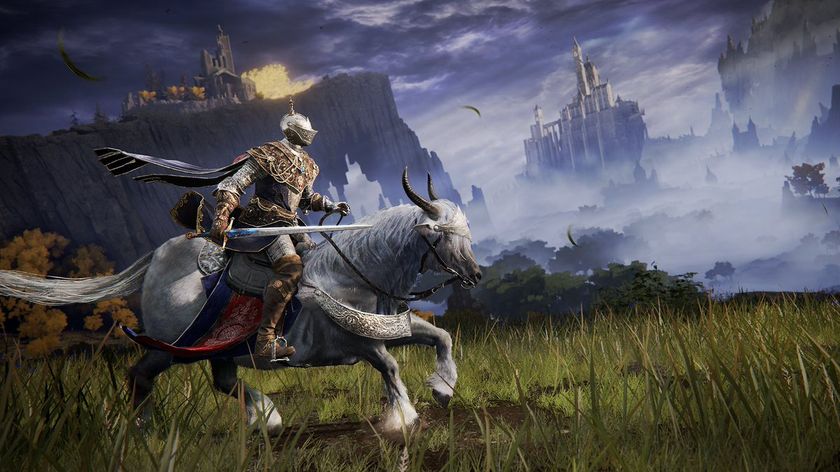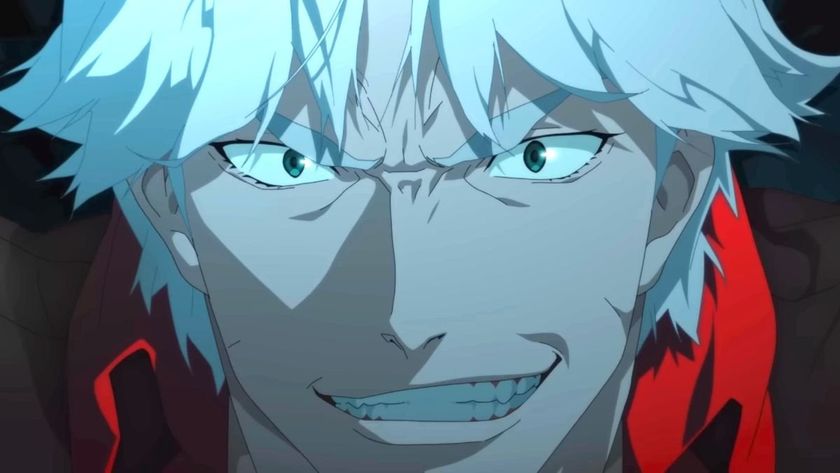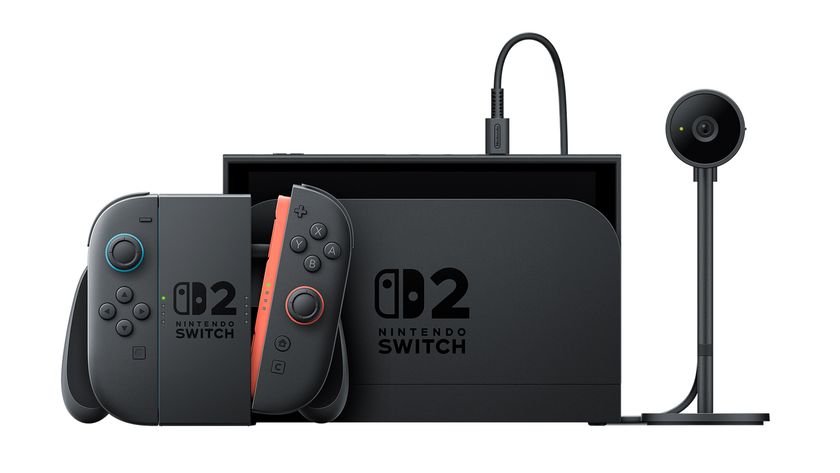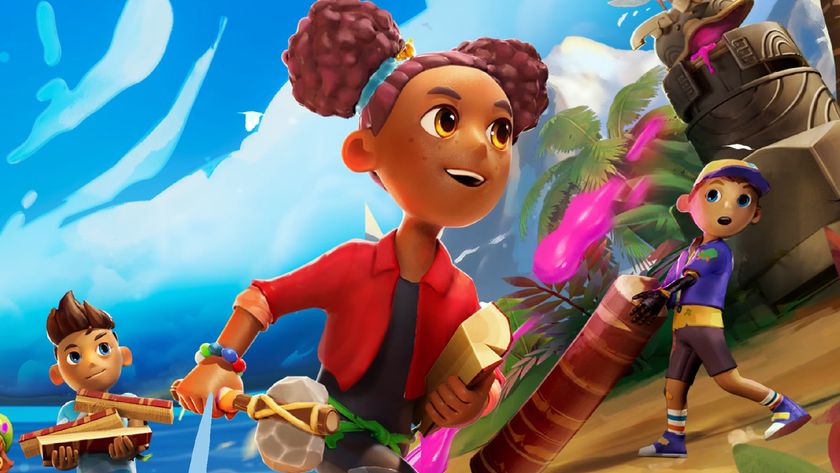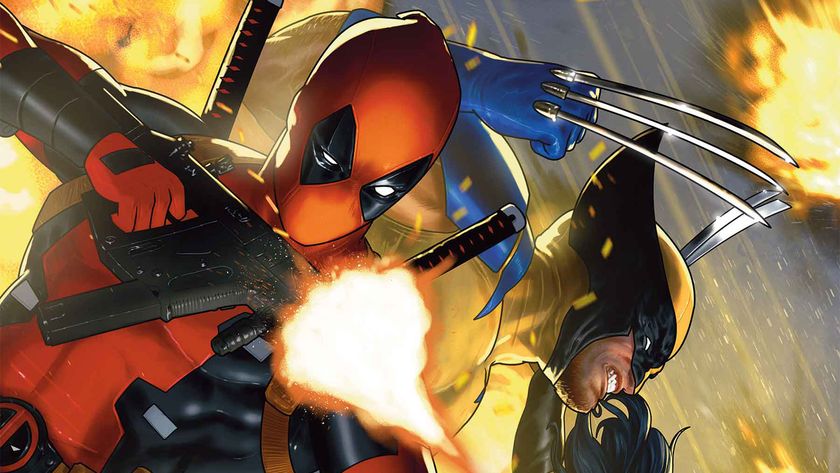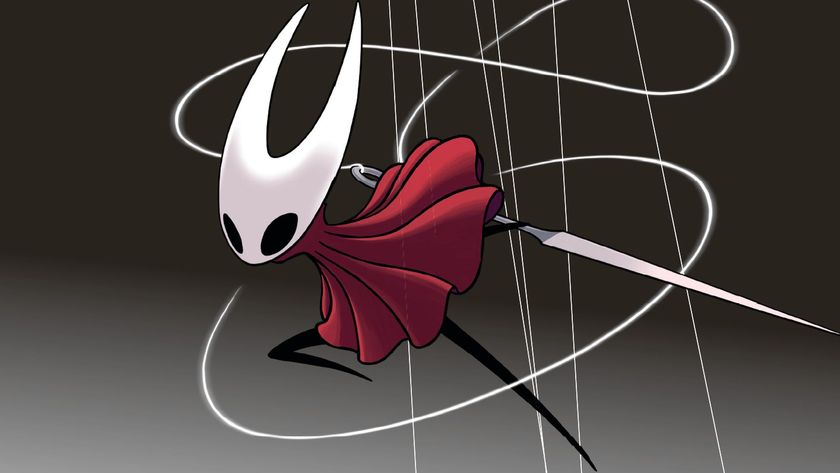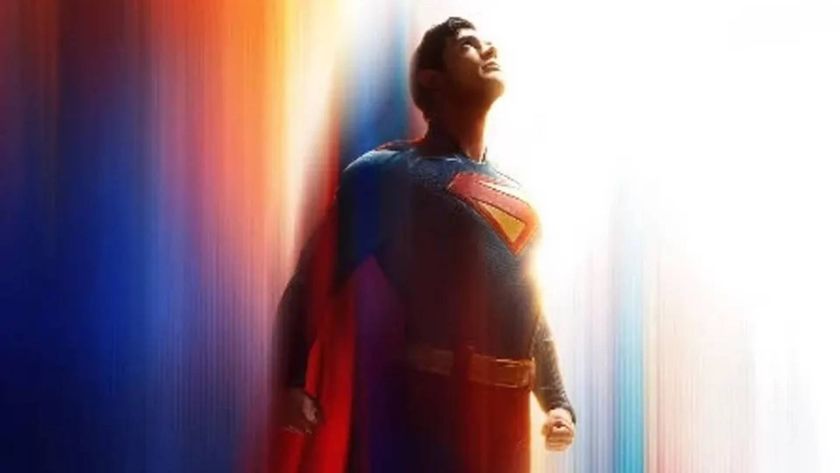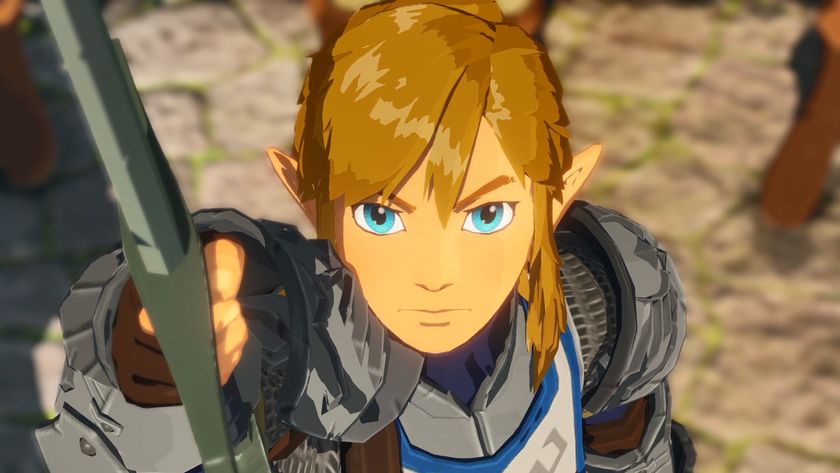The Top 7... Apocalypses
Welcome to your doom! Here are the games that'll give you the best view of it
4. Legacy of Kain: Soul Reaver
The end: At the end of vampire-fantasy RPG Blood Omen: Legacy of Kain, bloodsucking anti-hero Kain is given a choice: kill himself and restore balance to the world of Nosgoth, or live and rule over it as it falls into ruin. Guess which one he picks?
But it's awesome, because: Who knew so much devastation could be wreaked by just one man's inaction? Fast-forward a few thousand years, and Kain's corrupt rule has turned the world of Nosgoth into a decaying mess, plagued by earthquakes and degenerate vampire creatures, and populated by small pockets of humanity that have to remain hidden to survive.
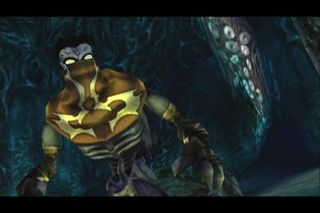
By the time Soul Reaver's hero (the soul-sucking ex-vampire Raziel) emerges from the pit that Kain tossed him into, Nosgoth is falling apart at the seams. The upshot, of course, is that the abundance of monster-infested ruins make the rotting world a blast to explore, and Raziel's ability to suck the soul right out of anything places him squarely at the top of Nosgoth's food chain. You'd think a world hovering on the brink of non-existence would be a pretty dismal place, but post-apocalyptic Nosgoth instead turned out to be one of the most fascinating wastelands we've ever explored.
Is it really the end? Weirdly, no. Three more games followed Soul Reaver, setting in motion one of the most convoluted, bizarre storylines in gaming history. Things started to get confusing when time travel was introduced, which eventually warped the series' plot so thoroughly that one of the games (Blood Omen 2) apparently existed inside of a time paradox.
3. Fallout
Sign up to the 12DOVE Newsletter
Weekly digests, tales from the communities you love, and more
The end:Inthe near(ish)future, humanity finally destroys itself in a nuclear war - leaving the scattered survivors to pick through the irradiated, mutant-infested remnants of the world centuries afterward.
But it's awesome, because: Fallout's ruined wasteland is more than just a bleak, Mad Max-inspired, leather-briefs-and-hockey-pads desert dystopia. There's something inherently goofy about it - it's as if the people of the 1950s, tacky pop culture and all, developed all sorts of cool retro-future technology and then blew themselves to smithereens. Also, it enables you to be as good or evil as you want, meaning that if you're strong and mean enough, it's possible to turn entire towns into oceans of blood.
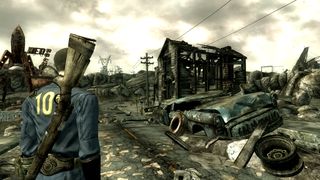
Given that the first Fallout opens centuries after the nuclear holocaust, the event itself isn't quite as memorable or impressive as some of the others. Even so, the war that ravaged nations and drove scores of people into vast underground vaults is such a defining factor in the game - the detritus it left behind is everywhere, especially in the upcoming Fallout 3 - that it would be unthinkable not to include it.
Is it really the end? More or less. Humanity's still around, but the dangerous desert wastelands and tattered scraps of civilization are here to stay. There's no bringing the old, green, heavily populated world back - it's gone for good.


